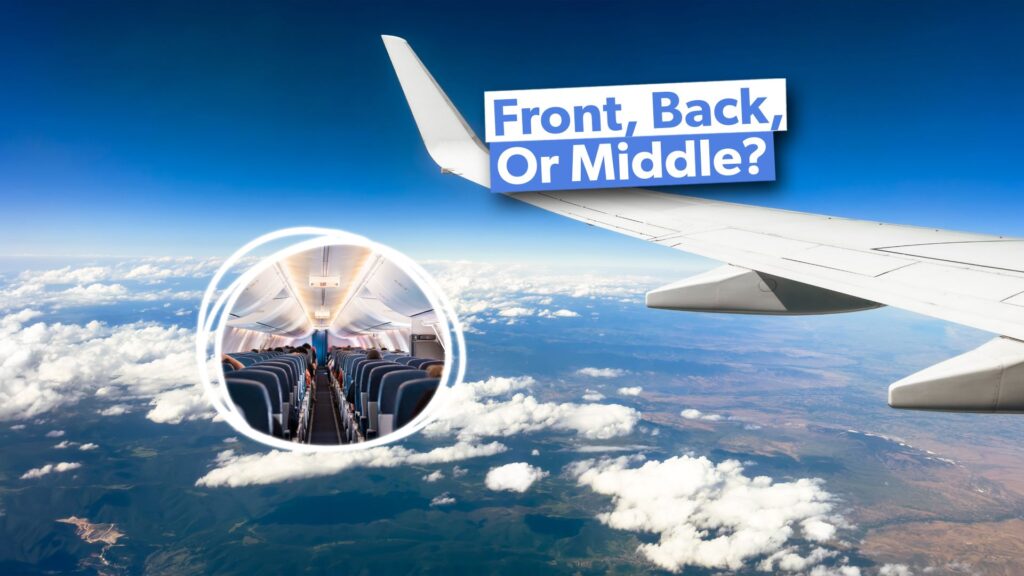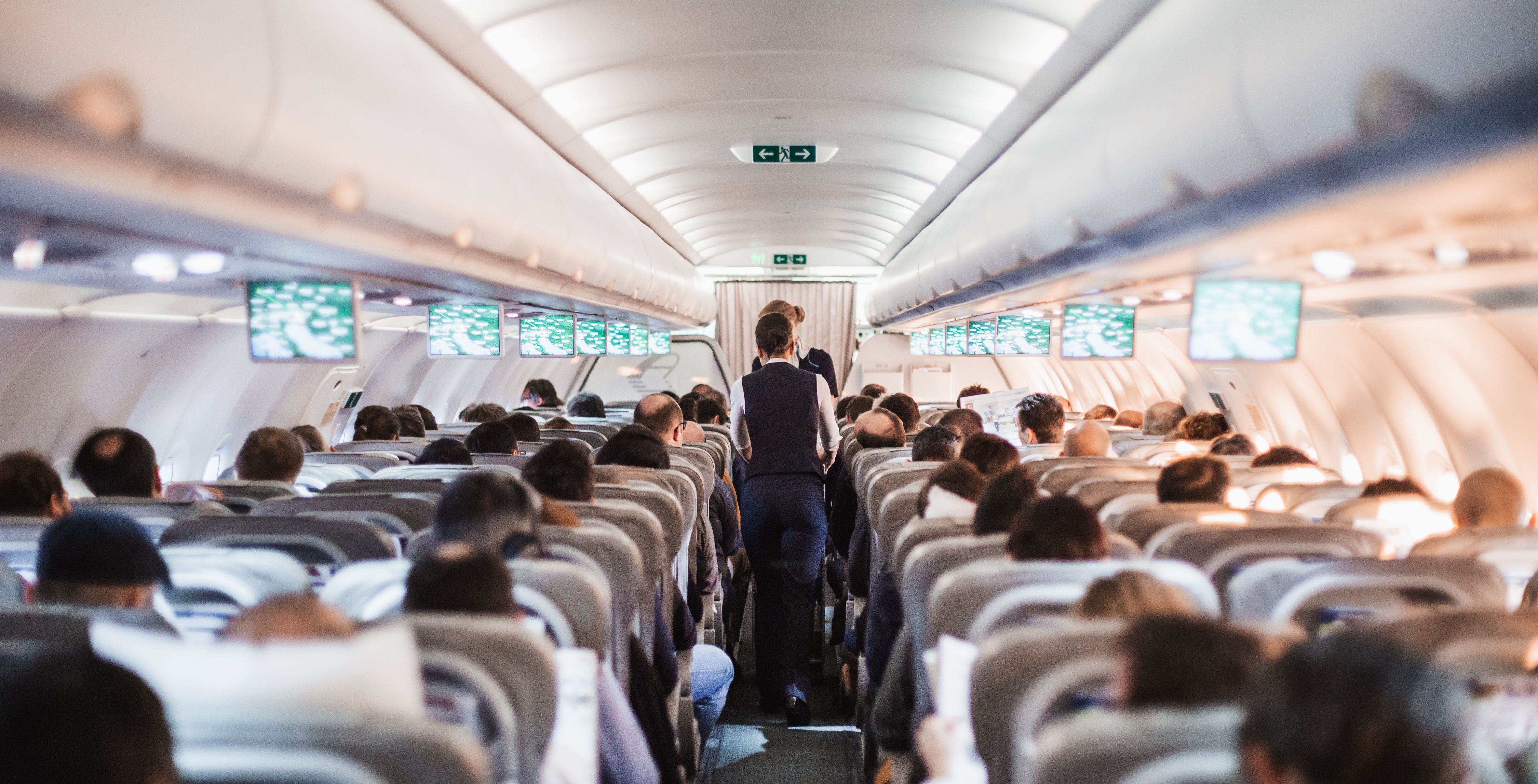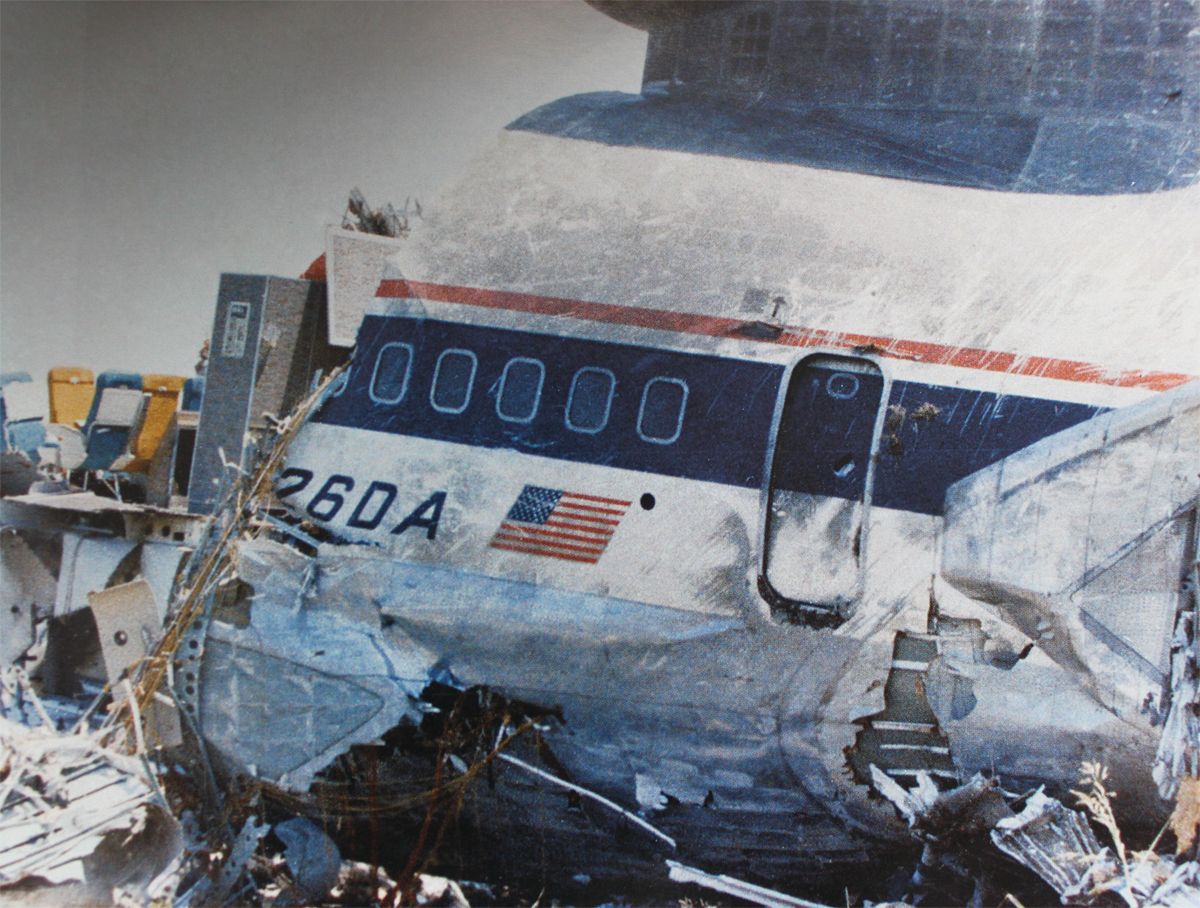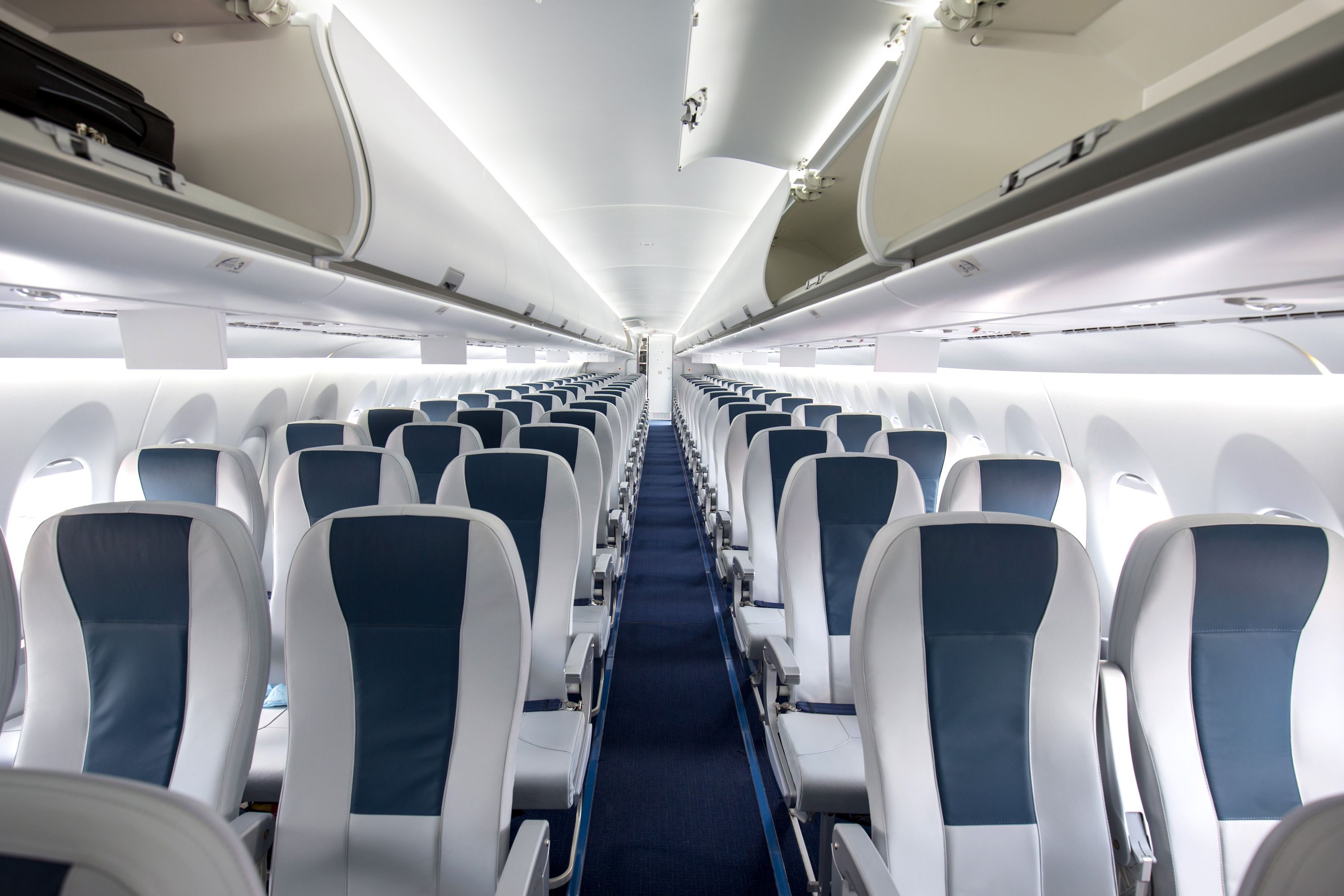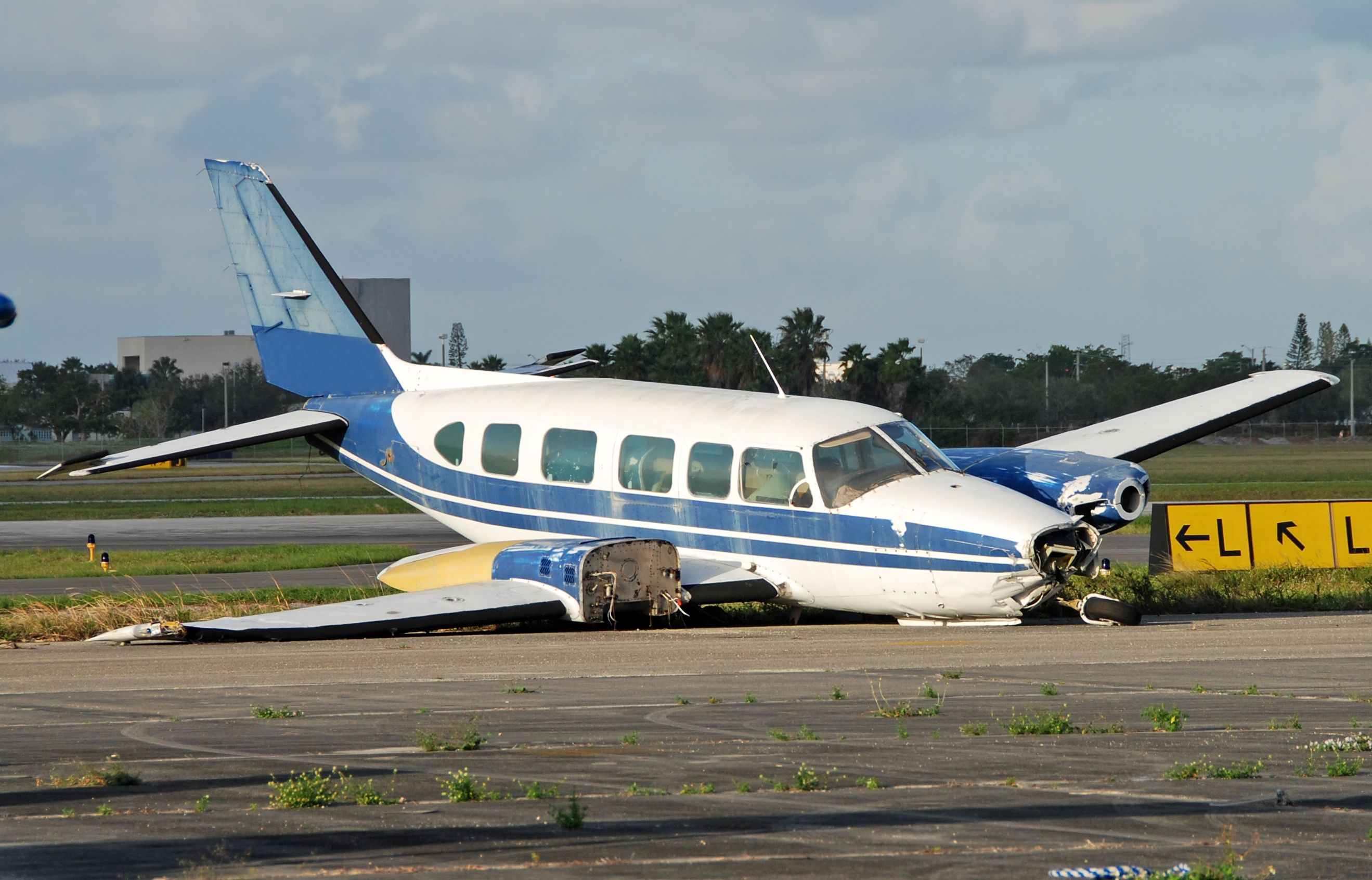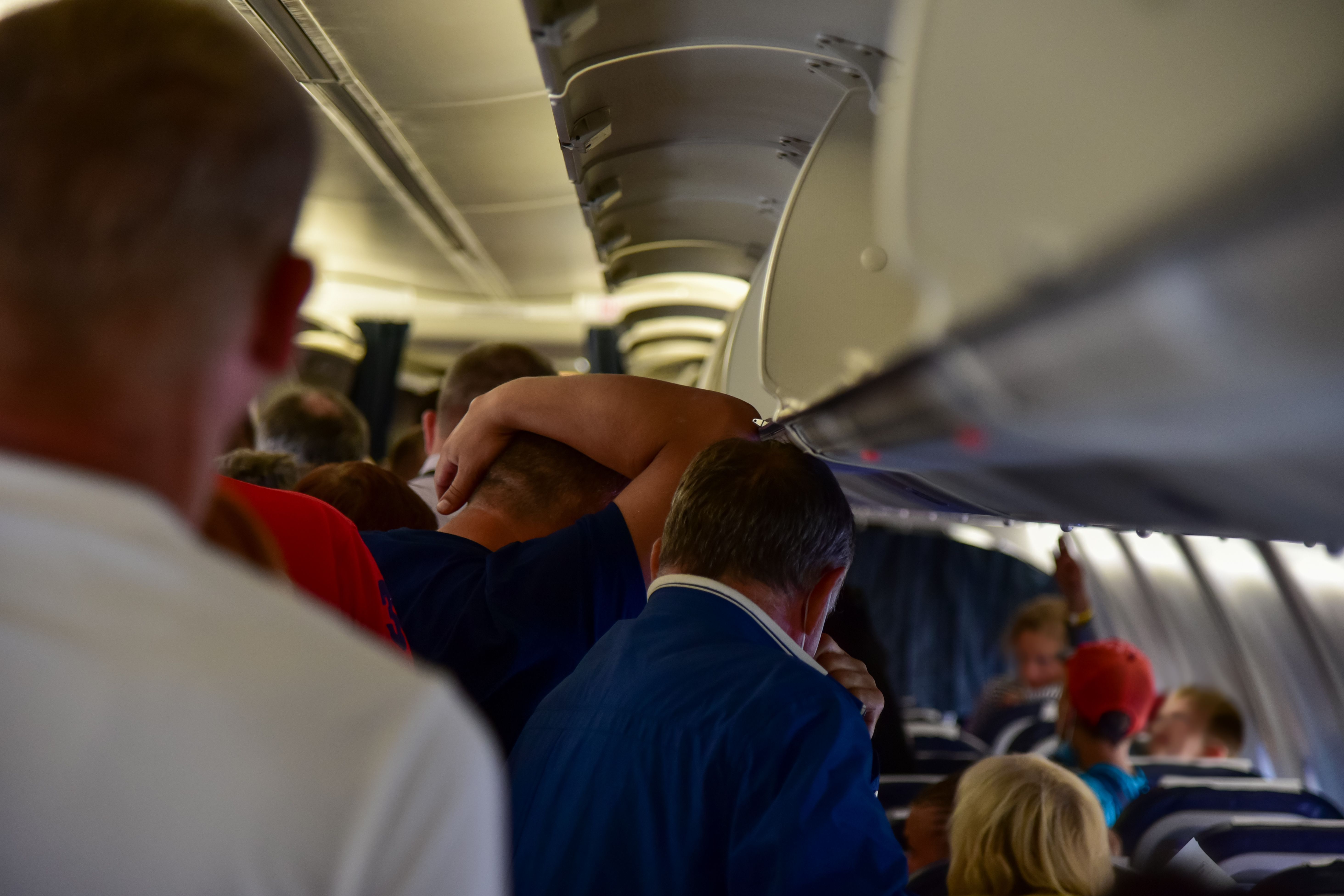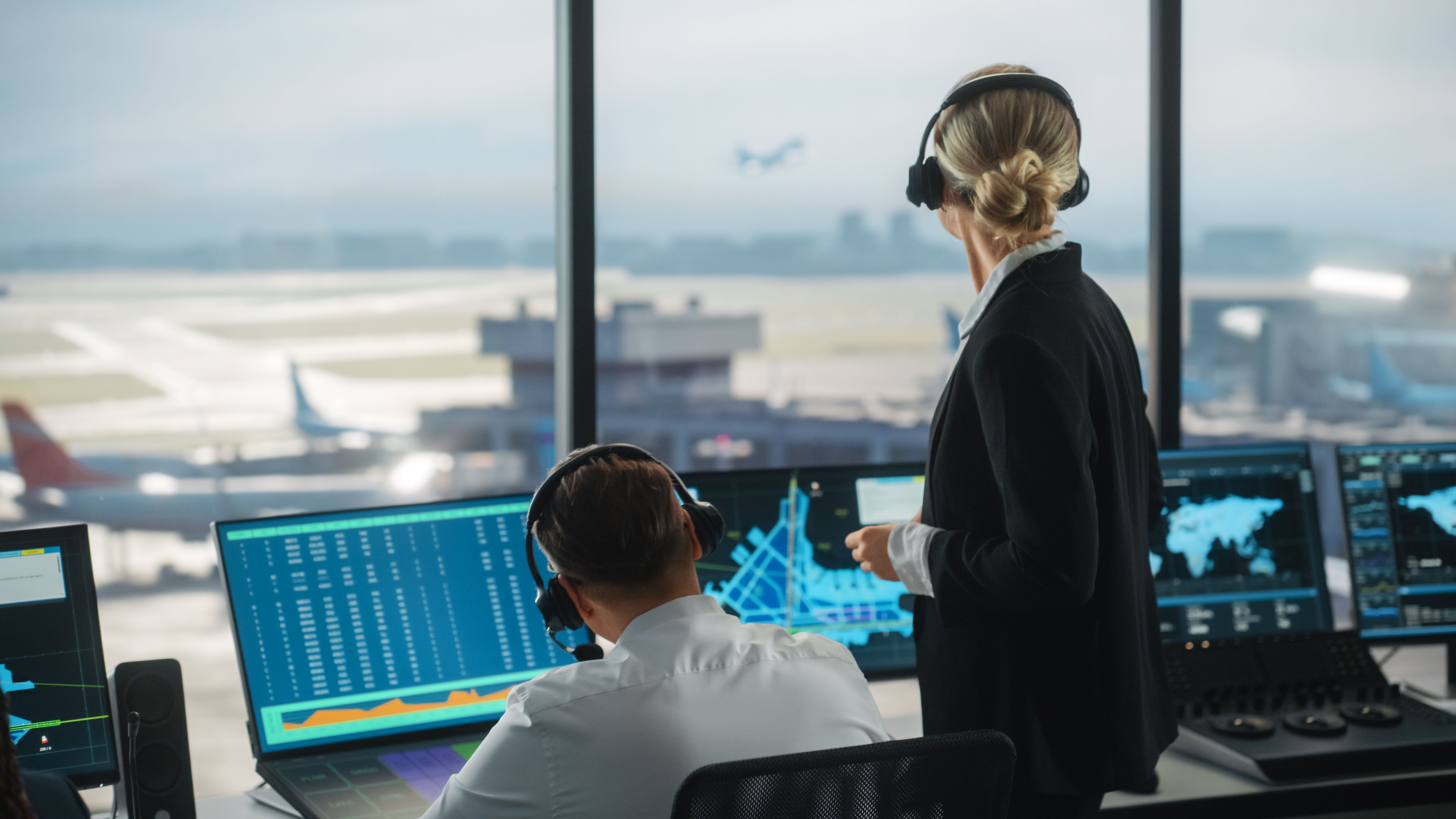We often hear that sitting at the back of the plane is safer than in the front. Many travelers find comfort in the notion that being further from the cockpit might offer an extra layer of safety in an unlikely emergency, and some passengers actively seek out rear seats when booking flights, embracing the perceived safety they offer.
Recent events have reinforced this perspective, as a pattern emerged after the crashes involving Azerbaijan Airlines
flight 8243 and Jeju Air flight 7C2216
. All 29 survivors of the Azeri crash were seated at the back of the aircraft, which split into two, leaving the rear section relatively intact. Similarly, in the South Korean crash, the only survivors were two flight attendants, who were stationed in their jump seats at the very rear of the plane.
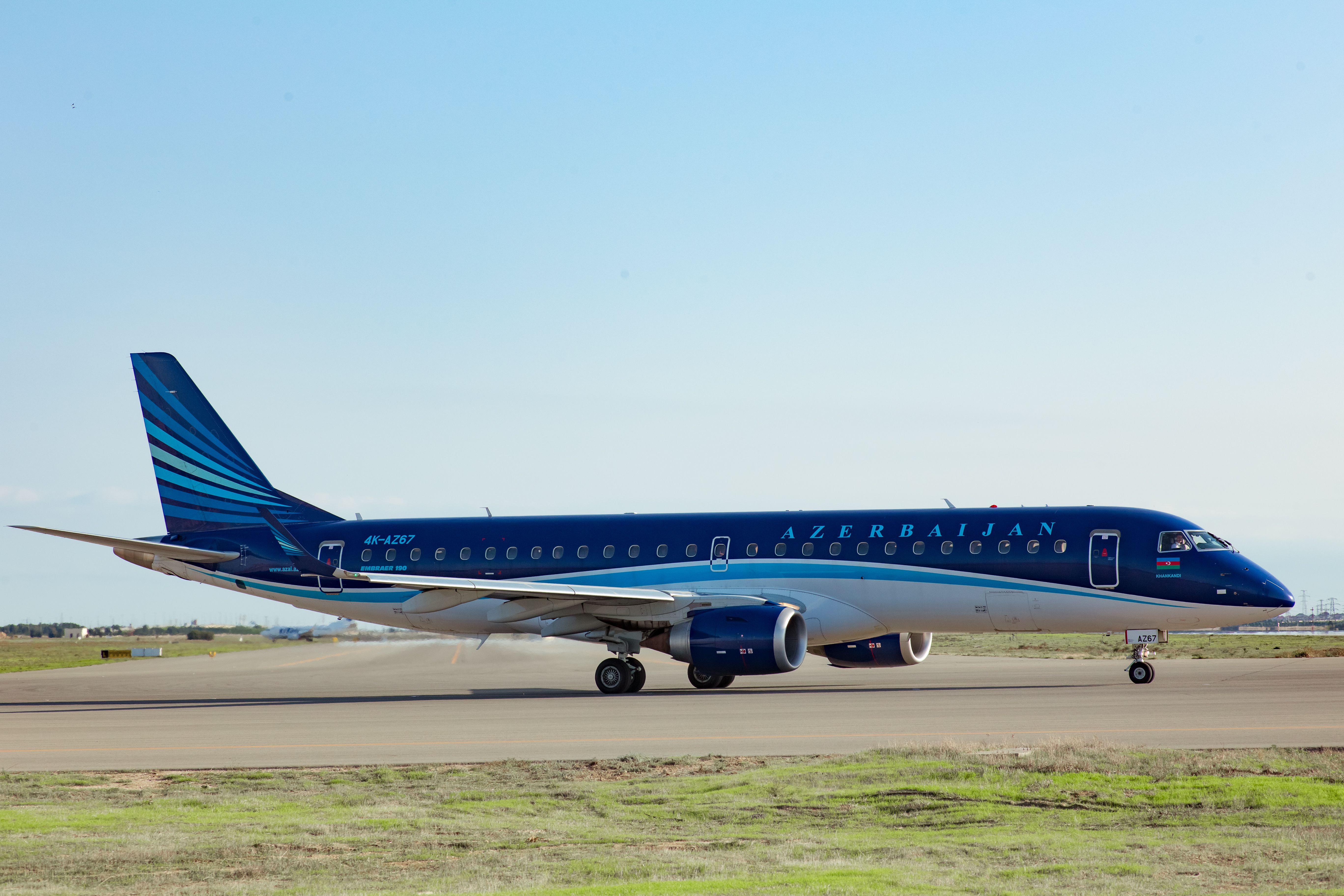
Related
Azerbaijan Airways Crash Preliminary Report: Pilot Aborted Landing In Grozny Twice Before Forced Diversion
In response to the report, Russian media and government agencies said that the final report will outline the probable cause(s) of the crash.
In these recent events, why did the back of the aircraft have more survivors?
When studying the dynamics of these recent aircraft crashes, such as speed and angle of impact, it’s clear that the back of the aircraft sustained less of a direct impact. Additionally, research spanning several decades shows that sitting toward the rear of a plane typically provides a better likelihood of survival. While plane crashes are unpredictable and shaped by impact speed, terrain, and the aircraft’s maneuvers, specific patterns became apparent in these studies.
Photo: Matej Kastelic | Shutterstock
Over 40 years, between 1969 and 2013, the US Federal Aviation Administration
(FAA) conducted a comprehensive analysis of aircraft crashes. The study closely examined seating arrangements in the aircraft and how they influenced the outcomes of the crashes. Through this, researchers uncovered a range of trends and patterns. These findings have provided valuable insights into passenger safety and have helped inform better design practices and safety protocols in the aviation industry.
The study references a ![]() Delta Air Lines
Delta Air Lines
crash in Dallas in 1985, where the plane came down 6,300 feet short of the runway and broke apart on impact, causing a large fire. Of the 163 people onboard, 134 died, while 26 passengers and three crew members survived. The front section of the plane, including the cockpit and the first 12 rows of seats, was destroyed upon impact, and there were no survivors from this part of the aircraft.
Photo: NTSB
In studying the research, ScienceShot found the following survival rates by cabin:
First and business class: 40%
Mid-section, near the wings: 57%
The rear fuselage, just after the wings: 62%
Last ten rows: 70%
In 2015, Time magazine studied 35 years of aircraft accidents from the FAA’s Aircraft Accident Database. They examined accidents with fatalities and survivors and analyzed 17 of the seating charts between 1985 and 2000. The study found the seats in the back third of the aircraft had a 32% fatality rate, compared with 39% in the middle third and 38% in the front third. Its findings reiterate the belief that those seated in the back of the aircraft have a higher survivability rate.
Are aisle, window, or middle seats safer?
Additionally, in narrowbody jets, studies show that passengers seated in aisle seats, particularly those near the rear of the aircraft, were more likely to survive in emergencies. Similarly, a comparable pattern emerged in widebody aircraft, which are designed for longer-haul flights and typically feature multiple aisles.
Photo: Matej Kastelic | Shutterstock
Passengers sitting in aisle seats between the two aisles tended to have better emergency survival rates. This may be due to their increased mobility when evacuating and their better advantage in escaping emergency exits.
Exit trends
Edwin Richard Galea is a British fire safety engineer and evacuation dynamics expert. Galea’s work focuses on how people react and move during emergencies, particularly airplane crashes. In his research, he analyzed data from 105 plane crashes and interviewed more than 2,000 survivors. Galea observed how passengers and crew behaved during an evacuation after a crash, stating that:
“Prior to my study, it was believed that passengers tend to use their boarding exit because it was the most familiar, and that passengers tend to go forward. My analysis of the data demonstrated that none of these myths were supported by the evidence.”
One of the key findings from Galea’s research is the importance of being close to an emergency exit during such emergencies. He found that the nearer a passenger is to an exit, the better their chances of surviving are. Specifically, passengers seated within five rows of an exit are much more likely to evacuate safely. The odds of survival decrease as passengers distance themselves more from five rows from the emergency exits.
Galea emphasizes that passengers’ proximity to an exit row is more vital than the overall location of the aircraft. In the aftermath of a crash, every moment counts. Passengers must act swiftly, as seconds matter when escaping, especially in fires or water landings. To further support Galea’s findings, a study conducted by researchers at the University of Greenwich focused on the behaviors and outcomes of survivors in the aftermath of a crash.
The study indicated that individuals near an exit have a notably higher chance of escaping. The researchers analyzed data on emergency exit usage, highlighting that proximity to exits enhances survival rates. Their findings suggest that access to emergency exits and faster evacuation reduce the risk of injury or fatalities.
Photo: Mario Hagen | Shutterstock
The probability of surviving an aircraft accident is determined more by the circumstances surrounding the crash than by the passenger’s seat in the plane. For example, if a plane’s tail takes the brunt of the impact during a crash landing, passengers seated in the middle or front sections may have a better chance of survival than those at the rear.
Plane crashes have elements of randomness
Studies and analyses of aviation accidents have revealed survival outcomes can be random. In many instances, those who perished were scattered irregularly among survivors. This indicates the nature of the impact, the passenger’s position, and even luck all play significant roles in passenger survival rates.
This unpredictable nature of aircraft accidents is why the FAA and other airline safety experts emphasize that there is, unfortunately, no designated ‘safest seat’ on an airplane. While some passengers may believe that sitting in a specific location, such as over the wings, in the rear, or near an exit, offers greater safety, the reality is that the dynamics of each crash are unique and can lead to unexpected outcomes.
Photo: Ivan Cholakov | Shutterstock
Ultimately, while the statistics around aviation safety are reassuring, showing that flying remains one of the safest modes of transportation, it is crucial to understand that in the rare event of an accident, a passenger’s seat location cannot guarantee your safety.
FAA’s 90-second rule
In the aviation industry, the ’90-second rule’ is a crucial safety standard that requires all passenger aircraft to demonstrate that all passengers can evacuate within a maximum of 90 seconds during an emergency. This rule ensures that passengers can quickly and safely exit the aircraft in case of an incident or structural failure such as a fire.
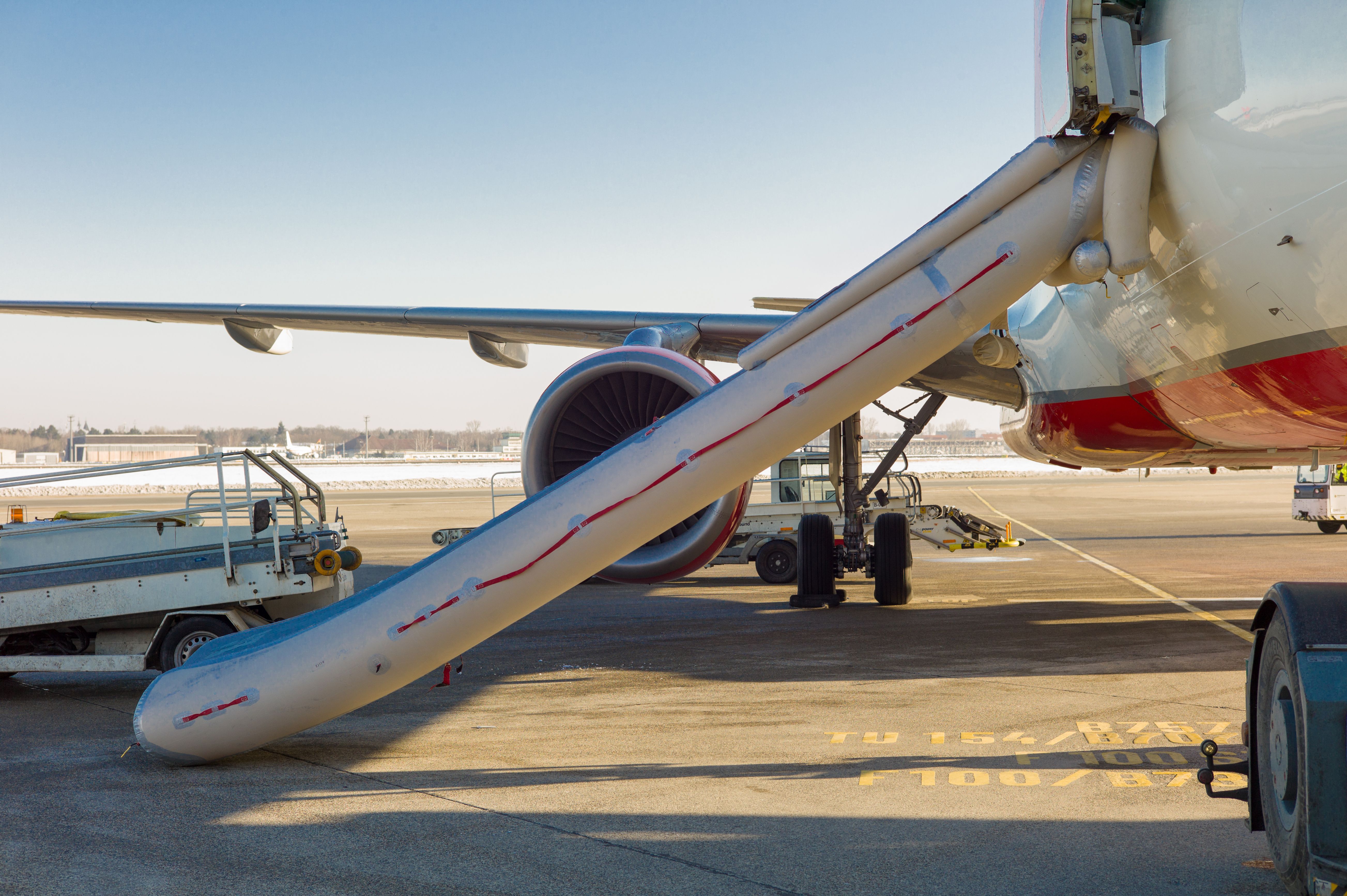
Related
90 Seconds Or Less: Recent Incidents Highlight The Importance Of Timely Aircraft Evacuations
Several incidents in recent days have brought the focus back on the importance of timely aircraft evacuation.
To meet this requirement, aircraft manufacturers must conduct thorough testing during the certification process. This testing simulates an emergency evacuation scenario where only half the available exits are used. This approach is intended to mimic the possible conditions in a real crash, such as blocked exits from debris or damage, hindering a timely evacuation.
To receive certification, aircraft manufacturers must demonstrate that an aircraft in a maximum-density configuration can be completely evacuated within 90 seconds using only half of the total number of emergency exits. Using only half of the exits simulates the potential for failed evacuation devices or exits blocked due to fire or structural damage.
90 seconds is the maximum evacuation time because tests have shown that a flashover is unlikely to occur within that period in a post-crash fire. However, the experience of actual evacuations, especially unexpected ones from complete aircraft where the abnormal situation occurs suddenly at or soon after landing, indicates that evacuation times usually exceed durations demonstrated for certification purposes.
In 1967, the requirement for the airplane manufacturer to conduct an evacuation demonstration for airplanes having a seating capacity of more than 44 passengers. It was considered that the manufacturer’s demonstration would show the basic capability of a new aircraft and was intended to account for crew training and adequate crew procedures. Therefore, the demonstration conditions were somewhat different.
Photo: Shutterstock | Aliaksandr Bukatsich
Key aspects of FAA aircraft safety measures
The FAA ensures aircraft safety by setting strict regulations for aircraft design and production, conducting regular inspections and oversight of airlines, enforcing rigorous training and performance standards for pilots, flight attendants, and air traffic controllers, and certifying both aircraft and airports to meet high safety standards; this includes overseeing maintenance, pilot qualifications, and operational procedures across the aviation industry.
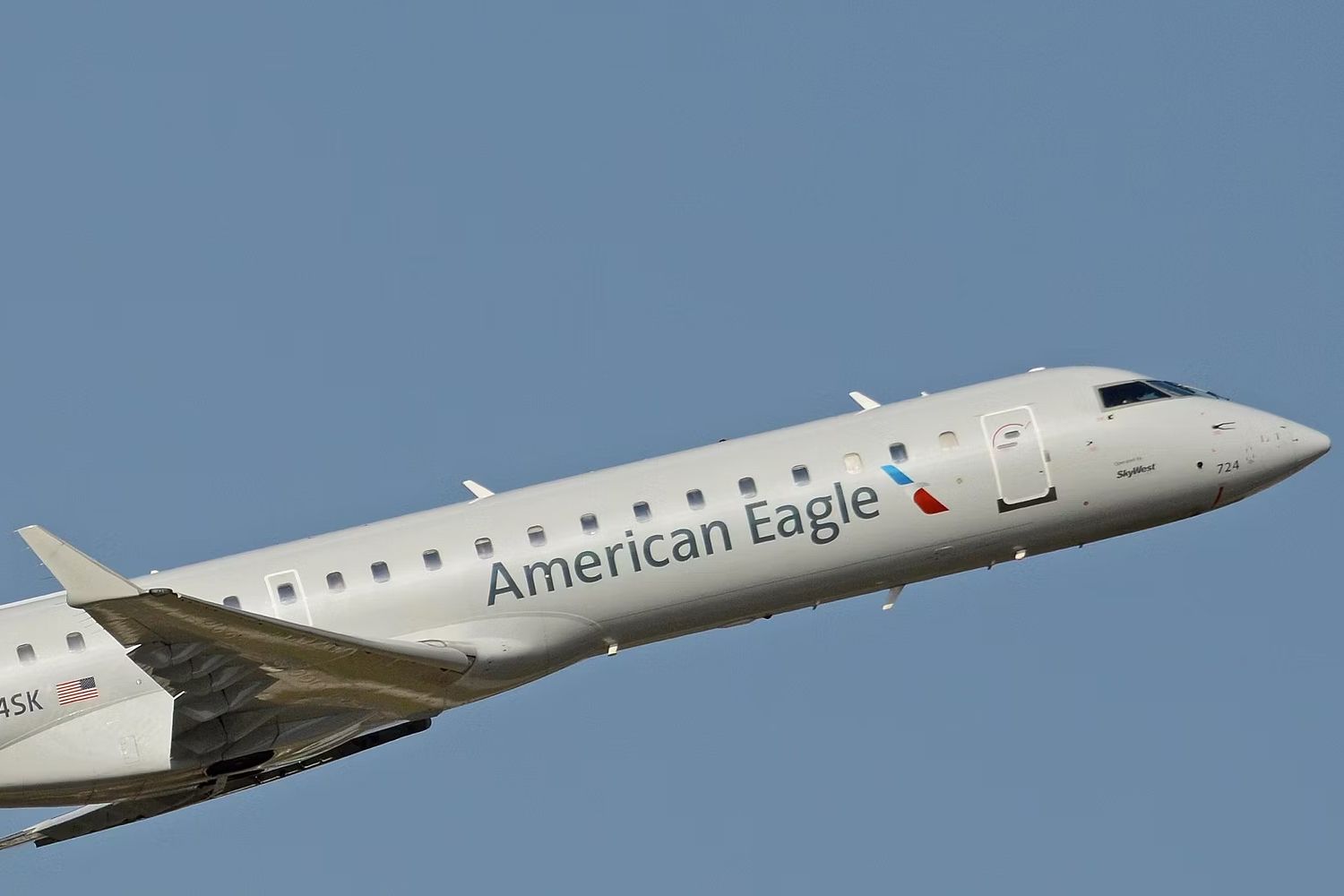
Related
What Needs To Change In US Aviation Safety After The First Deadly Plane Crash Since 2009?
The tragic crash of American Airlines Flight 5342 in DC was the first deadly plane crash in the US since the Colgan Air Continental Connection flight 3497 crash in Buffalo, New York, in 2009.
It happened on the cusp of a new administration, with a newly appointed head of the US Department of Transportation, Sean Duffy, meeting with victims’ families, and a new Deputy Administrator, Chris Rocheleau, sworn in to head the FAA. President Trump has called for “an immediate assessment of aviation safety” but it’s unclear what that will entail.
The NTSB is leading the investigation into the accident, and its investigation will ultimately determine what went wrong. However, the NTSB can only make recommendations to address its findings; it is up to the FAA to implement changes.
While the investigation is ongoing, there will be much speculation on the cause of the accident, but speculation doesn’t save lives—safety regulations do. One of the challenges for long-term US aviation safety i
Aircraft Certification: The FAA thoroughly reviews aircraft designs and manufacturing processes to ensure they meet safety standards before approving them for operation.
Pilot Training and Qualification: The FAA mandates strict training requirements for pilots, including flight hours, medical checks, and recurrent training to maintain proficiency.
Air Traffic Control: The FAA regulates air traffic control systems and procedures to prevent midair collisions and manage aircraft movement efficiently.
Photo: Shutterstock | Gorodenkoff
Maintenance Oversight: Airlines must follow FAA regulations for aircraft maintenance, including regular inspections and required repairs.
Safety Investigations: The FAA investigates aviation accidents and incidents to identify safety issues and implement corrective actions.
Reporting Culture: The FAA encourages pilots and other aviation personnel to report safety concerns without fear of reprisal.


